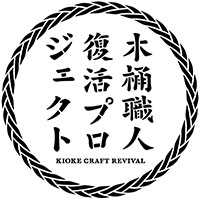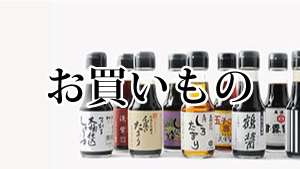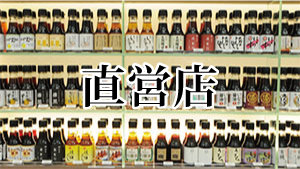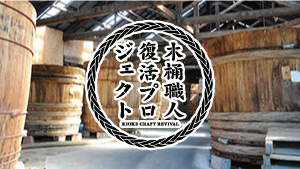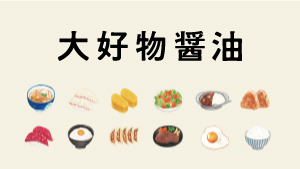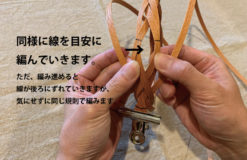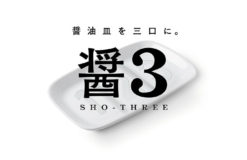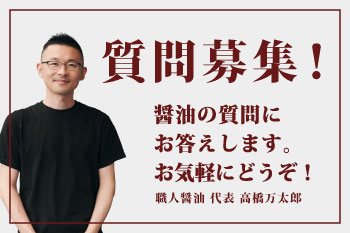木桶仕込みの蔵
石孫本店│Ishimago
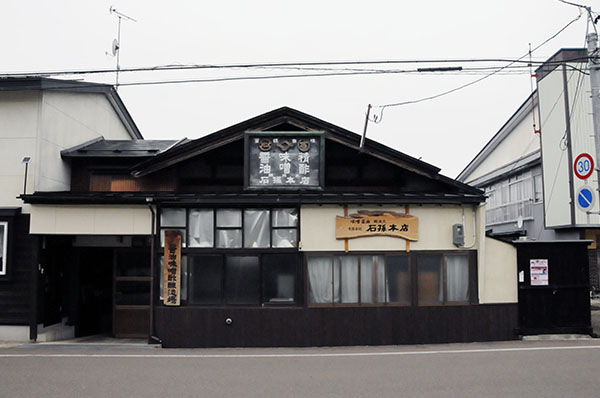
昔ながらという表現が相応しい醤油蔵
「スタッフに20代が二人もいるんですよ!」と嬉しそうに話す石川裕子社長。醤油と味噌の蔵元として「昔ながら」という言葉がぴったりで、「よく未だにこんな造りをしているね・・・」と同業者も舌を巻くほど。ただ、石孫本店の最大の特徴は、この「造り」を残そうとする意志と蔵人のものづくりへの姿勢だと思うのです。
"Traditional" is a fitting title for this brewery
For a soy sauce or miso brewer, the word “old−fashioned” is perfect. And although Yuko Ishikawa, owner of Ishimago, still continues using age−old brewing methods, it doesn’t mean her employees are just as old: “There are two staff members in their 20s!” jokes Ishikawa. However, she is persistent in how she runs her soy sauce brewery, “Even to this day, I still make soy sauce the same way.” But what I find to be most impressive is how she deals with changing times.
麹蓋(こうじぶた)による醤油造り
醤油づくりで最も重要ともいわれる麹づくり。現代では機械制御で品質の安定を目指す手法が一般的ですが、石孫本店では「麹蓋(こうじぶた)」を使っています。お盆のような形の容器を使う手法で、一度の仕込みに数百枚を使います。
大量の麹蓋を積み替えたり、中に入っている麹を手でほぐしたりと、とにかく手間がかかります。博物館に展示されているのを見た石孫本店の蔵人が「うちでは普通に使っていますよね?!」と驚いていたという笑い話もあったりして・・・
Kojibuta for Soy Sauce Making
Making koji, a naturally occurring mold in soy, is said to be one of the most important elements for soy sauce production. Nowadays, it is common to utilize a machine for quality control, but Ishimago uses kojibuta, or a koji tray. Using the container as a tray, they stack hundreds of koji sheets at one time.
It takes time and effort to load, transfer and pour the high quantities of koji by hand. There is a funny story where a soy sauce brewer from Ishimago went to a museum and saw the kojibuta being exhibited. They exclaimed, “Isn’t this the same thing that we use at work?!”
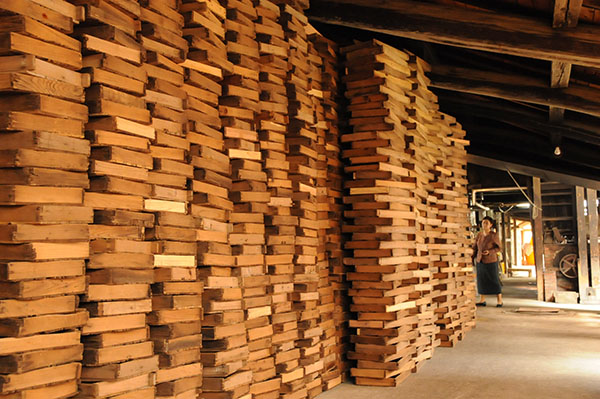

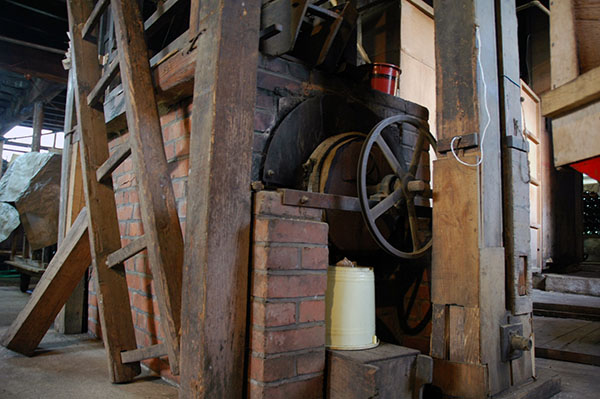
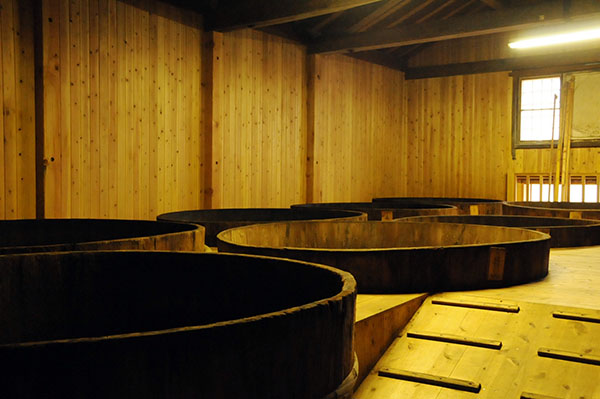
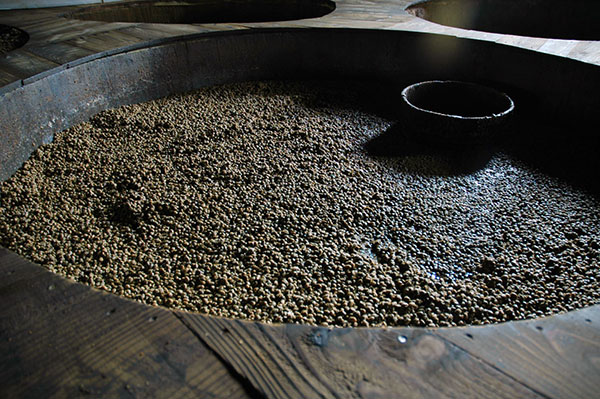
桶まで何度も行ったり来たり
室から出された麹は高さ2メートルを越す木桶に運ばれます。30石(約5000リットル)もの巨大な桶がいっぱいになるまで、蔵人が担いで何度も何度も往復します。
そして、この桶の中で発酵と熟成の時を過ごすのですが、桶にはその蔵元独特の微生物が住み着いています。石孫本店の場合、近隣の研究機関で調べてもらうと95%が個性的だったそうで、研究員の方も蔵人もびっくりしていたとか・・・
(研) 「これが他メーカーの優秀なやつね!」
(蔵) 「あっ!いい香り!」
(研) 「そして、これがおたくのやつ。」
(蔵) 「あっ!蔵の香りだ!」
長い長い歴史の中で石孫本店独特の微生物の生態系ができていて、それが独特の美味しさにつながっています。
Endless walking to and from the wooden barrel
The koji is taken out of the mukuro room, and is transported to the 30 stone kioke (about 5,000 liters or 1,100 gallons). The soy sauce brewers, using two-meter high (6.5 feet) wooden pails, walk back and forth transporting the koji until the barrels are filled.
In the kioke, the koji undergoes fermentation and maturation. During this process, a special microorganism develops, which proves to be extremely valuable for the brewer. A nearby research facility sampled the koji, and found that 95% of the microorganisms were unique and different from each other. This number surprised many of the brewery workers.
Researcher: “These microorganisms from other breweries are excellent!”
Brewer: “Ah, this soy sauce has a good aroma.”
Researcher: “And these are the microorganisms from your brewery!”
Brewer: “Ah! This is the aroma of the warehouse!”
In Ishimago’s long history, the microorganism’s ecological system is unique, which explains the special taste.
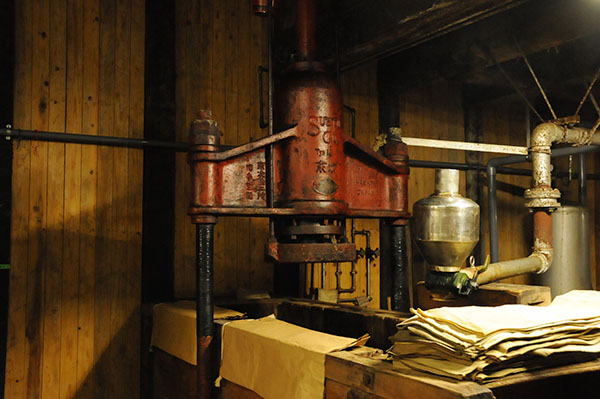
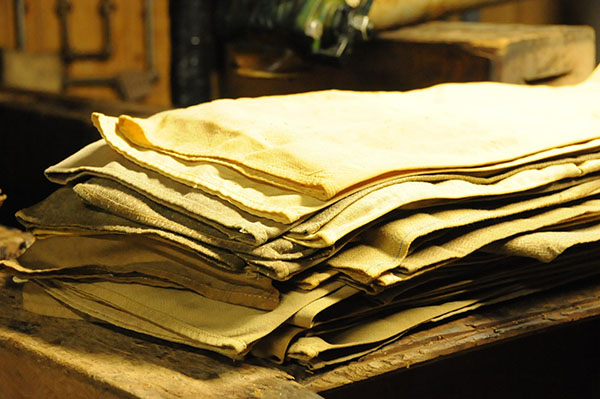
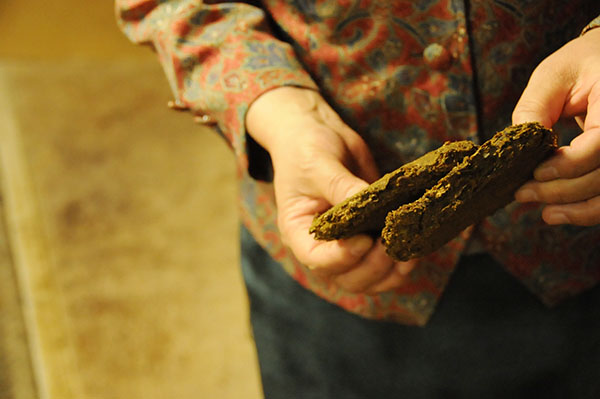
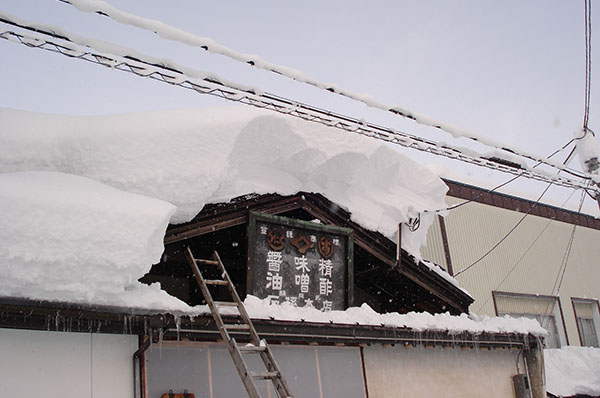
仕事の大半が雪下ろしの日も・・・
このような醤油づくりは今でこそ見る人に感動すら与えると思いますが、一昔前は卑屈にも感じていたこともあったそうです。
秋田の豪雪地帯でもある湯沢市は仕込み時期の冬には2階の窓から出入りするくらいに雪が降り積もり、1日の仕事の半分が雪下ろしになることもあるそうです。「醤油の麹を人が担いで運ぶのではなくて、機械の力で送れたらいいね。早く機械を導入したいねって、よく話していたんですよ。」
ところがある日、雑誌取材で訪れたライターさんとカメラマンさんが、真剣に話をしてくれたそうです。「これまで全国を取材でまわってきたけど、この光景は本当に貴重。絶対に残すべきだ!」と。
Setbacks due to snowy conditions…
I think it is easy to impress those who see the process of producing soy sauce the traditional way. But in the past, it was associated with inferiority and hardship.
Yuzawa, Akita Prefecture is an area that receives heavy snow, and it usually accumulates on the second floor of the brewing area. It happens so often that half a day’s work has to stop because of the heavy snow. Ishikawa thought, “It would be nice to move the koji by machine, rather than by carrying it.” So Ishikawa proposed the idea of using machines to her team.
But one day, a magazine writer and photographer came to visit Ishimago, and told Ishikawa, “We have traveled all over the country, and this traditional brewery is truly valuable. You must leave it as it is!”
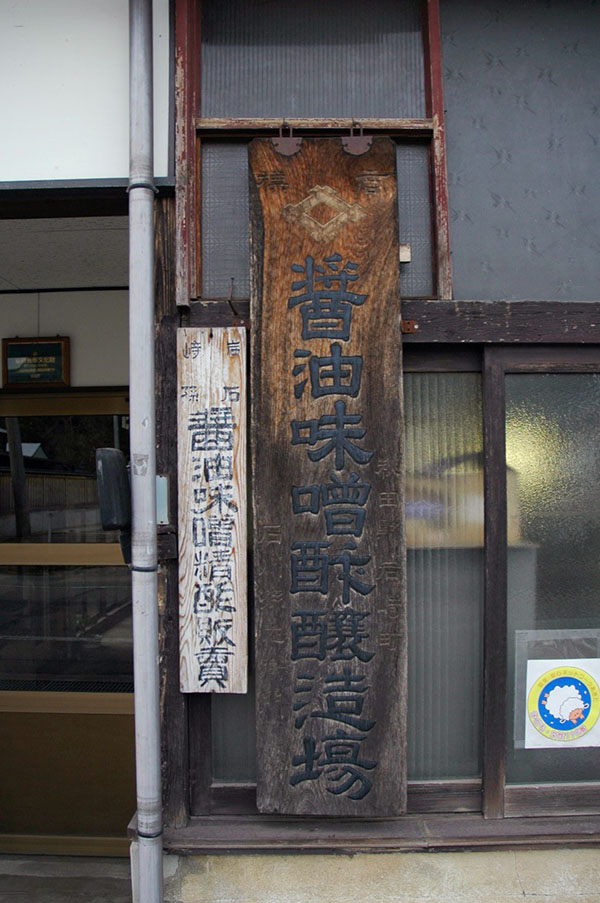
このままでいいんだと気づいた転機
「私たちにとっては目からうろこでした。自分たちを否定しなくていいんだ。このままでいいのだと頭の中を切り替えることができたのです。」そして、いつかは最新のものにと考えていた建物や道具の修繕をはじめたそうです。
「毎年少しづつですけど・・・今では守ることが大切な仕事の一つなんです。」
その話を伺って妙に納得した気がしました。石孫本店の道具を見ていて感じていたこと・・・大切に使われてる以上の何かがあるような気がしていたのです。あぁ、そうか、ずっと使い続けるという蔵人たちの意志が込められているのだな・・・と、そんな感じがするのです。
The turning point
“In the beginning, all the snow and traditional methods was exhausting for us. I eventually learned that my brewery was good enough as is. And so, instead of switching to the latest technologies, I set about repairing the old ones.”
“We only make a few improvements and repairs each year, but preserving tradition is one of our biggest priorities.” Now, Ishimago only uses traditional tools for making soy sauce.
After hearing this story, I was struck with a deep understanding. When I see the tools at Ishimago, I had this feeling that there seemed to be something more important than replacing the equipment and tools. Perhaps this feeling stems from the few brewers who unfailingly continued to use the traditional tools for making soy sauce. A nostalgic atmosphere for traditional brewing methods.

蔵の中を驚くほど綺麗に保てる理由
石孫本店に足を踏み入れて一番驚くのが「綺麗」なこと。もちろん、建物も道具もかなり年季が入っていますが、古い蔵にありがちなイヤな香りは一切なく、床の端まで掃除が行き届いています。最初に訪問した時から、どうしてこの状態が保てているのか不思議だったのですが、三度目の訪問でその理由が分かった気がしました。
Surprising visitors with the brewery's beauty
One of the most surprising impressions you will receive at Ishimago’s brewery is how beautiful it is. Of course the building and tools are worn, but there is no unpleasant odor that tends to be found in old warehouses, and cleaning is done so thoroughly, that even the edges of floor are spotless.
私の仕事はこれと胸を張る石川裕子社長
石川社長は蔵人に対して、具体的な指示は出さないそうです。むしろ、「仕込みはいつからするの?」と尋ねるくらいで・・・そして、「社長!資材が少ないので発注しておいてください!」と言われて発注する。
「これが私の仕事なんです!」と、嬉しそうに語ってくれるのです。
Pride in the work Yuko Ishikawa does
Owner Yuko Ishikawa oftentimes does not offer specific instructions to the brewers. Rather, they need to ask her, “When should we start?” And in regards to raw materials, the brewers say, “Ishikawa! Because there are few raw materials left, please order some more!”
“And THAT is my job,” says Ishikawa joyfully.
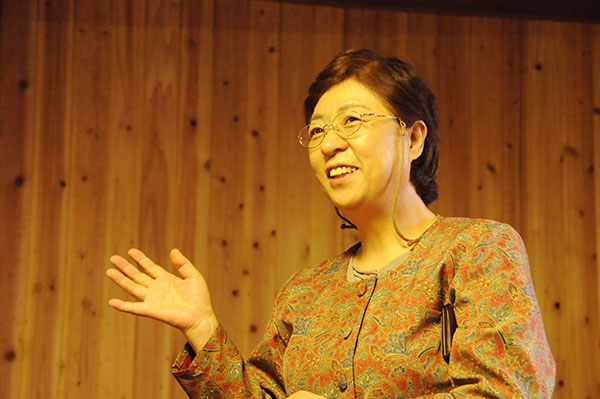
自分の関わりが明確になるから
生産の規模が大きくなるほど分業化していくものです。
ただ、機械がない石孫本店にとっては自分の関わりが品質に直接影響します。例えば小さな失敗があったとすると、「ほらみろ!だから・・・あそこが・・・お前が・・・」蔵人同志であれこれ話し合っているそうです。
このような積み重ねが、「自分が醤油や味噌づくりにどう関わるのが良いのか?」を考えて実感するきっかけになっているのだと思います。その一つとして仕込み場は清潔な方がいいことを実感しているから、自然とそうなっているのだと思います。
どう考えても「掃除をしっかり!」というやらされ感では保てない環境だと思うのです。蔵人同志が相談をしながら雑巾がけをしているそうです。高圧洗浄機などではなく・・・
Their involvement becomes clearer
With a large scale of production, the division of labor will be higher.
However, at Ishimago where there are no machines, the brewers’ involvement with the soy products directly affects the quality. This causes everyone to take direct responsibility for their own work (including their own mistakes).
Through these attitudes and feelings towards soy products, Ishikawa thinks, “What is the motive, and how is it good to be involved in soy sauce and miso manufacturing?” One motive, she believes, is keeping the brewery in good shape, which has naturally become one of their priorities.
The brewery does not use any sort of “strict cleaning procedure.” Instead, workers simply clean here and there while they have discussions. There is no high pressure to clean.

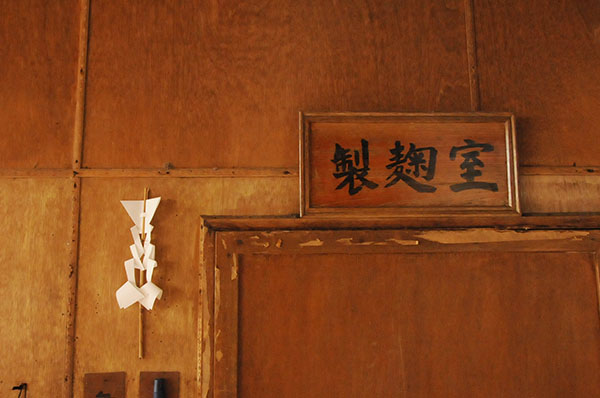
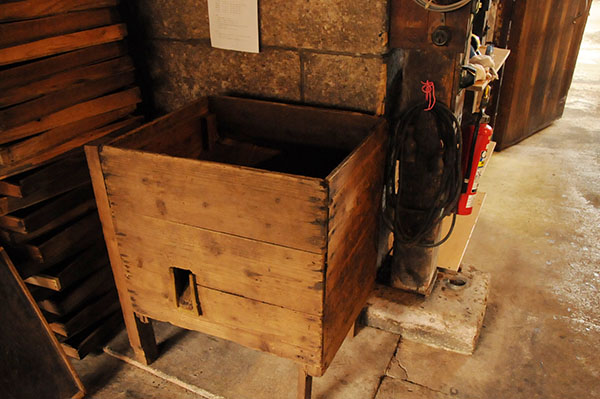

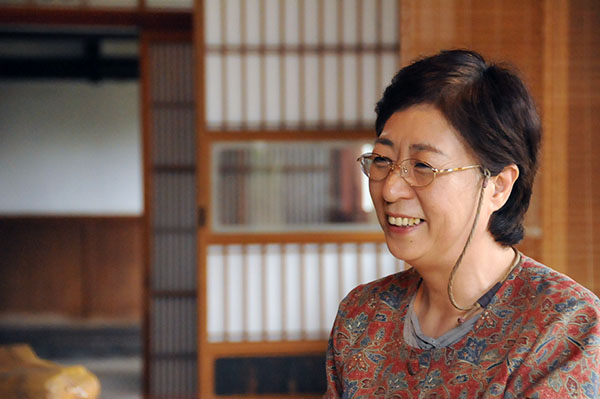
石川社長らしいなぁ・・・と思ってしまうこと。
「仕事をすることは生活の糧だけど、喜びの心がないといけない。そうしないと寂しいでしょ?!」という石川社長の言葉が印象に残っています。
麹室の前でこんな話題になりました。「木炭の熱と光が柔らかくていいんですよねぇ~!ここで火を付けて藁をかぶせて室に運ぶんです。するとね・・・」と身振り手振りで説明してくださり・・・
ただ、その木炭を焼いてくれる職人さんがご高齢な方のようで、最近は全量納品が間に合わず、分割で納めてくれているらしいのです。「せっかく焼いてくださるから、その方にお願いできるうちはお願いしようと思っているんですよ!」と石川社長。
「もっと安くて安定調達できる木炭はいくらでもあるはずでは?」と、普段であれば聞いていたと思います。でも、石川社長には聞くまでもないなと・・・石川社長らしいなと妙に納得してしまうのです。
Ishikawa’s character
Ishikawa said, “Working will give you food to eat, but you must have a joyful heart! Or else you will feel lonely.” Her words left a deep impression on me.
While we were in standing in front of the mukuro room, she said, “The heat and light from the charcoal are so soft and nice! For the fire, I start it here, and cover it with straw.” And then she explained the process with animated gestures.
However, the craftsman who manages the charcoal is getting older, and recently, so they haven’t been able to get orders in on time. But Ishikawa says, “We are so grateful to them for doing all of that hard work for us. So, as long as they are able, I will ask them to continue with their good work.”
I wondered if there would be any other charcoal that would be cheaper, or more reliable to procure. But I could tell that there was, of course, no need to ask her, because it is in her character to have already thought about such things.


石孫本店に機械はありません
価格 : 381円+税
原材料 : 大豆、小麦、食塩

醤油感覚で使える味噌の上澄み
価格 : 476円+税
原材料 : 米、大豆、食塩

